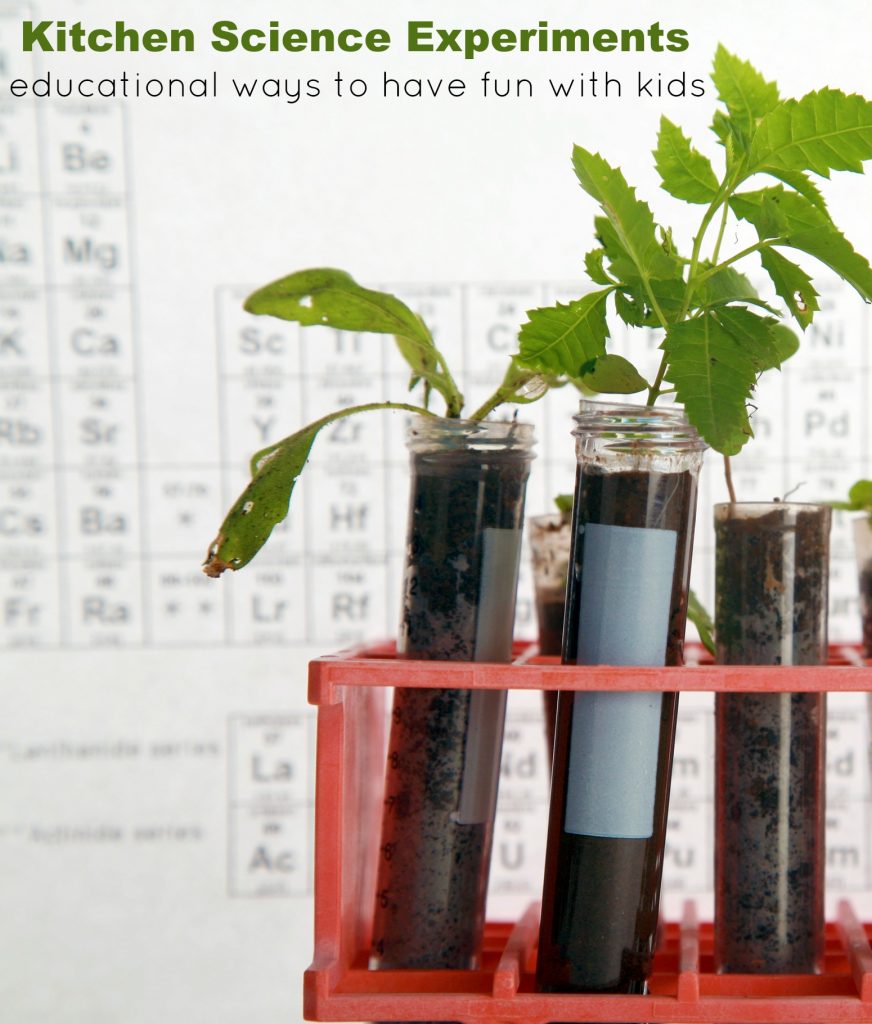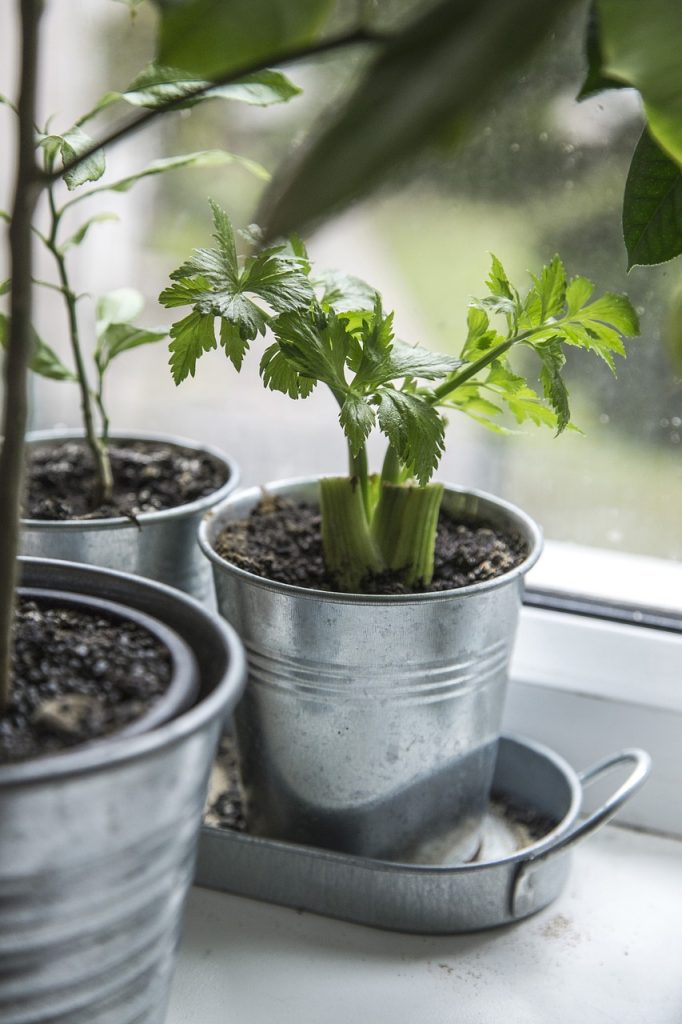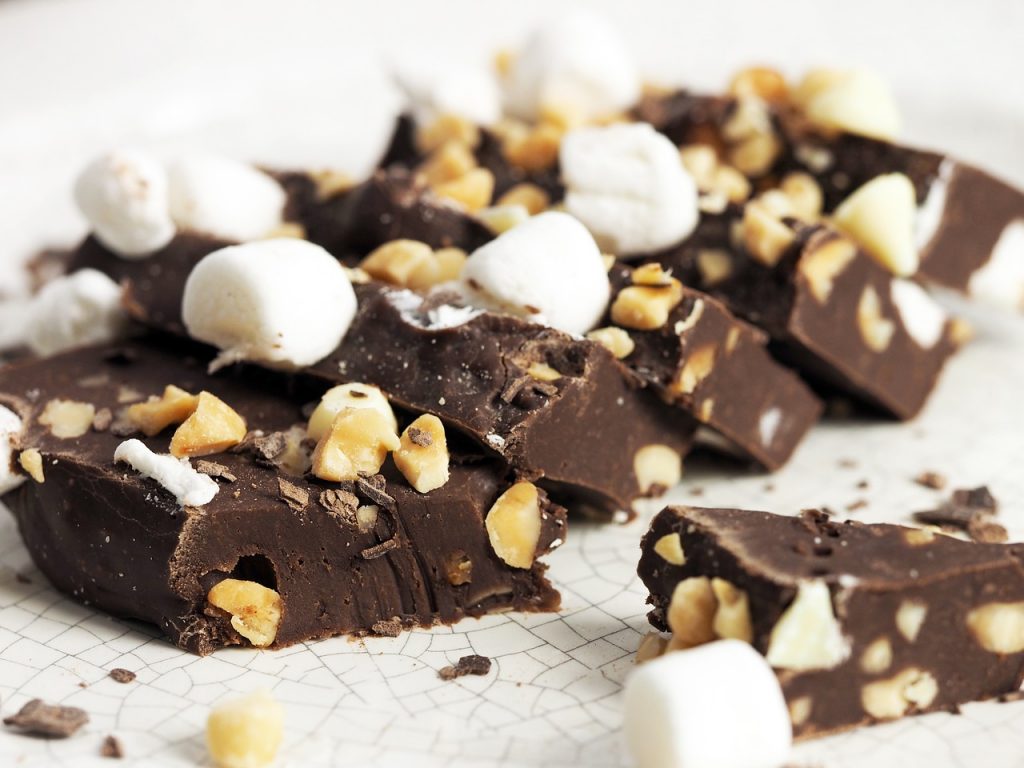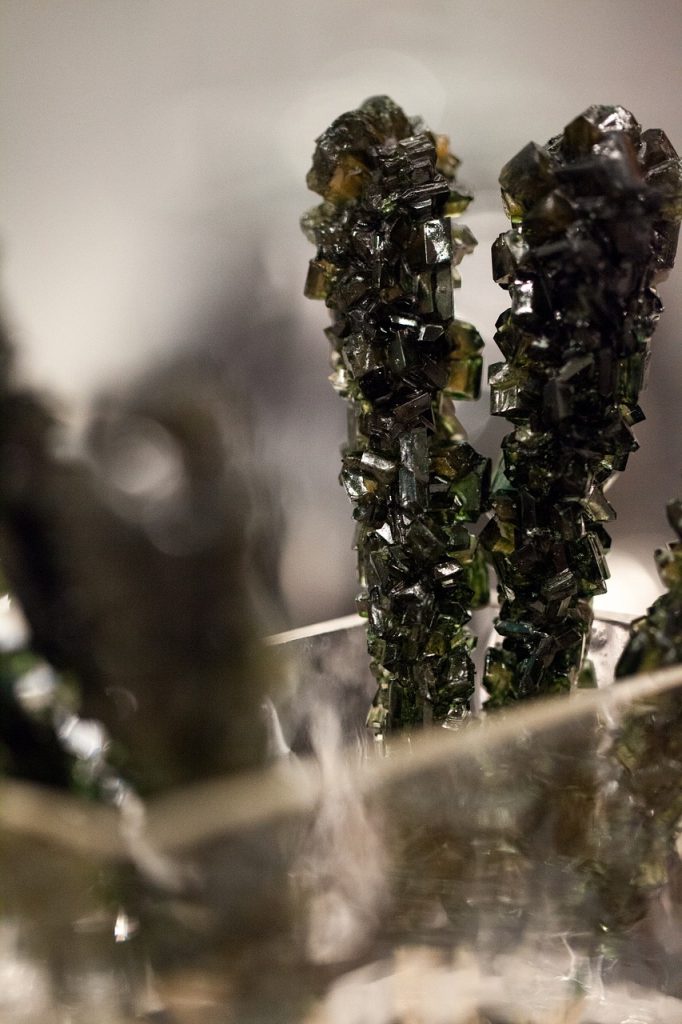Last Updated on January 16, 2022 by Diane Hoffmaster
I spent this past weekend declutter my book collection and donated dozens of science experiment books to a local science teacher. My husband and I both have degrees in science and we loved sharing an assortment of fun science experiments with our children when they were young. It makes me sad to say goodbye to that time in our lives but I’m happy the excitement will live on in another generation. I thought I would share with you our favorite kitchen science experiment for kids as well as a few others I found that can teach a few valuable science lessons.

Table of Contents
5 Easy Kitchen Science Experiment for Kids
Kitchen science is the easiest and safest (in general) type of science experiment to share with your kids because the ingredients are usually already found in your pantry or refrigerator.
With kitchen science, you don’t have to worry about buying test tubes or figuring out how to dispose of chemicals safely. You can do it with even young children which I love. Here is an easy kitchen science experiment for kids that will take only minutes to set up but the WOW factor will have them amazed!

Kitchen Science: Fireworks in Milk
Supplies:
- Whole milk
- Dinner sized plates
- Qtips
- a few drops of dish liquid
- assorted colors of food coloring (liquid type, not gel)
Directions:
- Pour milk to cover the bottom of the plate.
- Add one drop of each of the four colors of food coloring to the milk.
- Keep the drops close together in the center of the plate of milk.
-
Predict what will happen when you touch the tip of the Q-tip to the center of the milk.
-
Do not stir the mix; just touch it with the tip of the Q-tip.
-
Place a drop of liquid soap on the tip of the Q-tip. Place the soapy end of the Q-tip back in the middle of the milk and hold it there for 10 to 15 seconds.
Why does this kitchen science experiment for kids work?
Milk is mostly water but it also contains vitamins, minerals, proteins, and tiny droplets of fat suspended in solution. Fats and proteins are sensitive to changes in the surrounding solution (the milk).
When you add soap, the weak chemical bonds that hold the proteins in solution are altered. It’s a free for all! The molecules of protein and fat bend, roll, twist, and contort in all directions. The food color molecules are bumped and shoved everywhere, providing an easy way to observe all the invisible activity.
At the same time, soap molecules combine to form a micelle, or cluster of soap molecules. These micelles distribute the fat in the milk.This rapidly mixing fat and soap causes swirling and churning where a micelle meets a fat droplet.
When there are micelles and fat droplets everywhere the motion stops, but not until after you’ve enjoyed the show! There’s another reason the colors explode the way they do. Since milk is mostly water, it has surface tension like water.
The drops of food coloring floating on the surface tend to stay put. Liquid soap wrecks the surface tension by breaking the cohesive bonds between water molecules and allowing the colors to zing throughout the milk.
Love this kitchen science experiment for kids?
Try one of these as well!
Bacteria Experiment for kids
Make a Winogradsky column to grow sulfur loving bacteria

How to Make Rock Candy
Growing Plants from Food Scraps

The Chemistry of Making Fudge



You can also do a similar trick with pepper and water. It is set up the same way, but instead of milk you put water, and instead of food coloring you sprinkle pepper all over the surface.
I don’t think I have seen this one but it sounds easy for kids to do. Thanks for the idea!